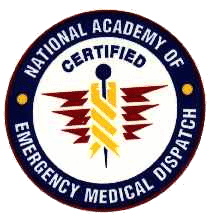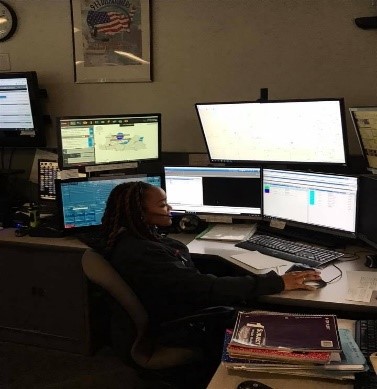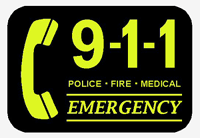KERI MILLER, PROGRAM MANAGER 
The Seminole County Fire Department Emergency Communications Center provides centralized Fire-Rescue dispatch services for emergency response resources for all agencies operating as a part of the Seminole County First Response System. These municipalities include Lake Mary, Longwood, Oviedo, Sanford, and three (3) contract cities; Winter Springs, Casselberry, and Altamonte Springs in addition to unincorporated areas of the County and the Orlando Sanford International Airport.
The Emergency Communications Center (ECC) is located in a Public Safety Complex located at 150 Eslinger Way in Sanford, Florida. A second back up Communications Center is located in an office complex within the City of Lake Mary, FL.

Citizens dial 9-1-1 to connect to the County’s ECC. Seminole County Fire/EMS (Emergency Medical Services) ECC is the county’s secondary Public Safety Answering Point. The initial call is answered by the Law Enforcement ECC as “9-1-1 do you need Police, Fire or Medical?”
Once the caller advises Fire or Medical, the call taker will obtain the address of the emergency and transfer the call to Fire/EMS call taker. The initial call taker will state “Law Enforcement with a transfer from XXX location and the Fire/EMS call taker will verify the location and ask the caller “Ok, tell me exactly what happened?” Once the initial information is received i.e., “My mother has chest pain”, the call is immediately dispatched to the closet responding unit and the call taker will continue asking questions in order to provide lifesaving instructions, if necessary, and forward the information to responding units. The questions Do Not hold Fire or EMS units from responding and can help the caller with their emergency.
All ECC Operators are state certified Telecommunicators with the Department of Health, certified Emergency Medical Dispatchers (EMD), Emergency Fire Dispatch (EFD), and CPR trained to provide lifesaving instructions to citizens reporting emergency situations. Additionally, all ECC operators must complete a minimum of 24 hours of continuing education training annually to maintain their certifications.
 The ECC operates a state of the art 9-1-1 system for standard voice calls as well as text to 9-1-1 calls and a computer aided dispatch (CAD) system that identifies and recommends for dispatch the closest and most appropriate unit to an emergency. Landline line based phones typically indicate the caller’s location, while cellular phones only provide an approximate location. If the caller utilizes an IP or web based phone service it’s important for the caller to ensure their most current residence is updated. In 2020, approximately 80% of 9-1-1 calls come in through cellular phones. Because of this, the ECC has several other resources available to assist the call taker with obtaining the most accurate location of the emergency when the caller is unsure for unable to provide the location. The call taker may utilize a software known RapidSOS that can use 9-1-1 information to pinpoint cellular locations or they may send the caller a text link to their cell phone that requires the caller to accept for location verification. (Both are considered resources because the success rate is based on the caller’s cellular provider and cell phones require their GEO location to be turned on to receive the text link.)
The ECC operates a state of the art 9-1-1 system for standard voice calls as well as text to 9-1-1 calls and a computer aided dispatch (CAD) system that identifies and recommends for dispatch the closest and most appropriate unit to an emergency. Landline line based phones typically indicate the caller’s location, while cellular phones only provide an approximate location. If the caller utilizes an IP or web based phone service it’s important for the caller to ensure their most current residence is updated. In 2020, approximately 80% of 9-1-1 calls come in through cellular phones. Because of this, the ECC has several other resources available to assist the call taker with obtaining the most accurate location of the emergency when the caller is unsure for unable to provide the location. The call taker may utilize a software known RapidSOS that can use 9-1-1 information to pinpoint cellular locations or they may send the caller a text link to their cell phone that requires the caller to accept for location verification. (Both are considered resources because the success rate is based on the caller’s cellular provider and cell phones require their GEO location to be turned on to receive the text link.)
All emergency response resources are tracked utilizing an advanced automatic vehicle locator system (AVL). The County operates a Motorola 800 MHz advanced trunking radio system for voice communications and digitally interlinked mobile computing system for all front line emergency response resources. Fire Stations are alerted via both radio and fiber optic interlinks connected throughout the County. Additionally, a linked FDOT traffic monitoring system displays real time video of major highways within the County.
The ECC also provides after-hours dispatch services for the Animal Services Division and other County operational departments and divisions.
